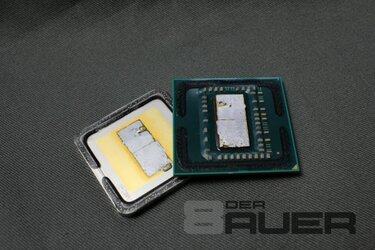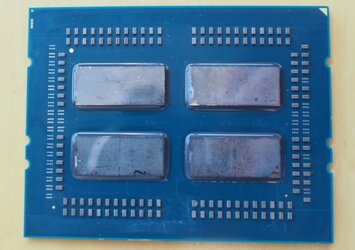- Joined
- Mar 7, 2008
It certainly is, pretty much two Ryzen CPUs stuck together and Ryzen is already big in the CPU world
Is it big? In some earlier semiconductor conference there was a comparison showing a Ryzen core is smaller than a modern Intel core, so we're not including things like the iGPU here. I think that was in part due to the decision to not match FP performance with Intel.

